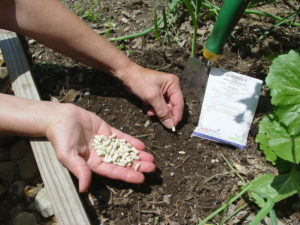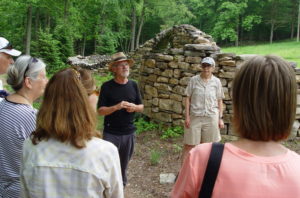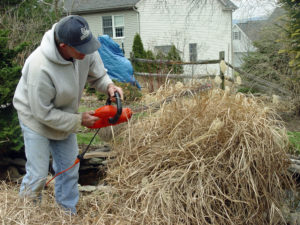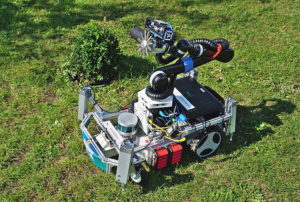When to Plant Which Edibles?
March 15th, 2022
One of the tricky parts about vegetable gardening is knowing exactly when to plant each crop.

Some plants are best direct-seeded into the garden, others are best grown from transplants.
Some need to go in the garden early so they’re done and ready by the time the weather gets hot.
Others will croak if you plant too soon.
Still others have two different planting windows, and a few can be planted successively throughout the season.
Also important is knowing which crops do best when direct-seeded into the ground vs. being started from a store-bought transplant or a young plant you’ve started inside from seed over winter.
Here’s a crop-by-crop calendar – geared to the Harrisburg area and based on my 40 years of veggie-growing experience – to help you know the ideal timing and seed/plant preferences of our most popular edibles:
Basil: Direct-seed or plant transplants from mid-May through end of July.
Beans, dill: Direct-seed from mid-May to end of July.
Beets: Direct-seed from early April to end of July.
Broccoli: Plant transplants in April early-summer harvest and again from mid-July to mid-August for fall harvest.
Brussels sprouts, cauliflower: Plant transplants in April for early-summer harvest and in July for fall harvest.
Cabbage: Plant transplants from third week of March through April for summer harvest and mid-July through mid-August for fall harvest.
Cantaloupes, watermelon, pumpkins: Direct-seed or plant transplants from mid-May through mid-June.
Carrots: Direct-seed between early April and end of July.
Chard: Direct-seed between mid-April and mid-July.
Collards: Direct-seed April through May for summer harvest and again in July for fall harvest.
Corn: Direct-seed from early May through end of June.












